Affiliate links on Android Authority may earn us a commission. Learn more.
Graphene: the next big thing in mobile displays?
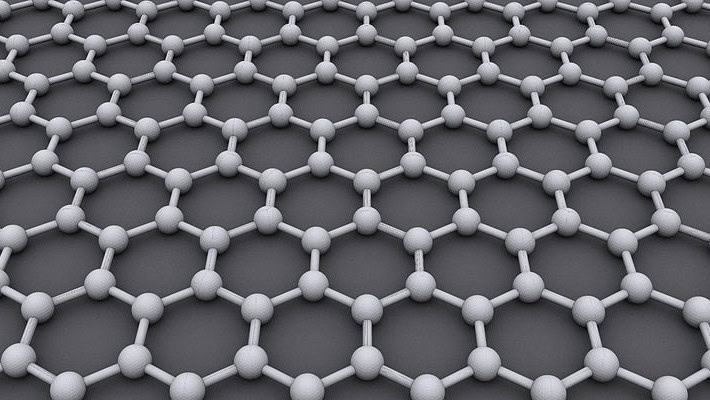
Display technology is moving at a very fast pace these days. Smartphone display resolutions are already surpassing that of most television sets, and manufacturers are working hard on flexible display technology, which doesn’t appear to be too far away. But display technology isn’t all about squeezing in a few more pixels, today we’re going to take a look at a new material that could end up replacing existing display materials, named graphene.
One of the biggest problems facing display manufacturers is the high cost of raw materials. Since the start of the millennium, Indium Tin Oxide (ITO), the base material used in LCD displays, organic light emitting diodes, and touch panels, has risen quite substantially, driven by rising demand for a wide range of display products, solar panels, various other technologies, and an increasingly limited supply.
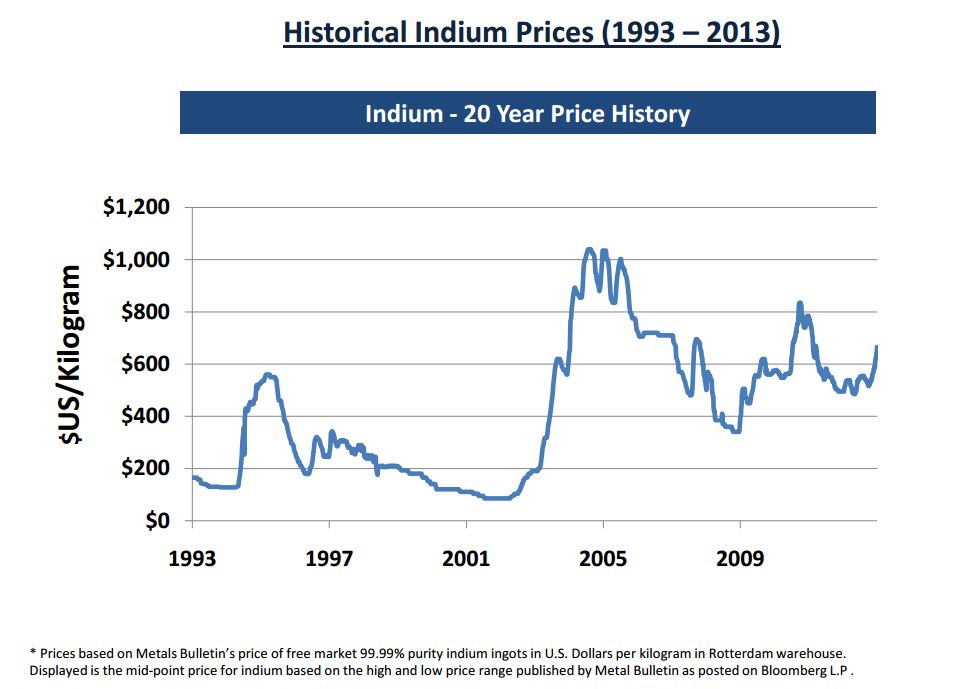
Looking at future smartphone technology, ITO isn’t ideally suited for use in flexible displays, as the material lacks the required flexibility and can be rather fragile when put under pressure. Because of the high costs, limited supply, and lack of versatility, manufacturers have been increasingly looking towards carbon-based alternatives, of which graphene appears to be one of the most promising.
A little history
Research into graphene began all the way back in 2004, and two scientists, Andre Geim and Konstantin Novoselov, both received the 2010 Nobel Prize in Physics for their research into the material. Without going into too much detail, Graphene is a one atom thick sheet made of entirely carbon atoms, which are arranged in a honeycomb lattice. The height of a sheet of graphene has been measured to be just 0.33nm, almost one million times thinner than a human hair. Although just one atom thick, research into graphene has shown that it has some interesting mechanical, electronic, optical, thermal and chemical properties.
For a start, graphene is harder than diamond and roughly 300 times stronger than steel. For a little context, this means that it would take the weight of an elephant balanced on a needle-point in order to break this one atom thick fabric. Despite this strength, graphene can be stretched up to 20% of its initial length. It’s therefore also rather flexible, and can withstand a fair bit of stress before it starts to crack and break apart.
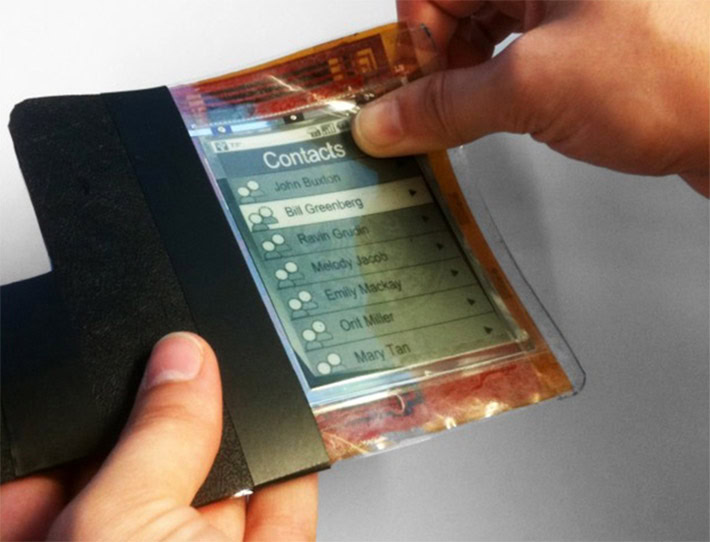
Other important properties include the ability to conduct electricity as well as copper, conduct heat better than any other known material, and is transparent enough that is absorbs just 2.3% of light that passes through it, making it just about visible to the naked eye.
Since this initial research, the technology had made great strides, opening up new fields in ultra capacitors, faster graphene based transistors and processors, and other nanotechnologies.
What does this all mean for our smartphones?
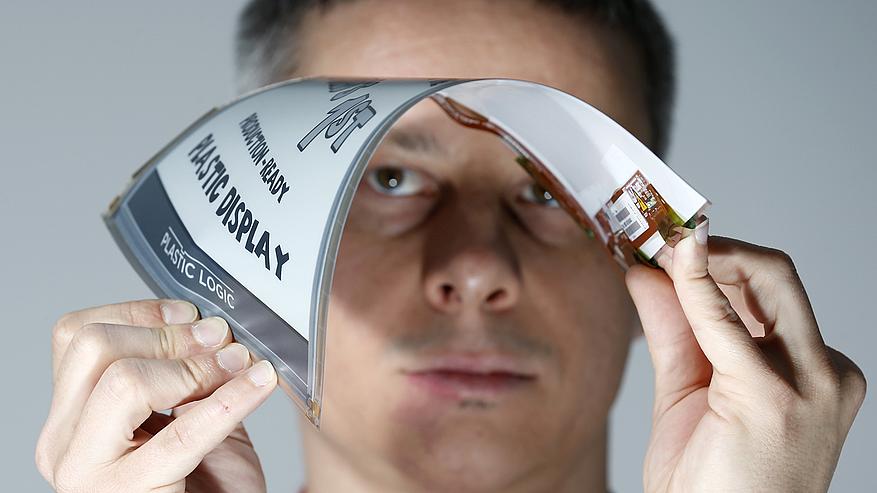
Now that the background is out of the way, we can turn to what this means for our beloved smartphones. Although flexible display technology is no longer a new phenomenon, graphene could be the ideal material to base ultra-flexible technology on. We’ve already mentioned the material’s superior strength and optical properties, which lend themselves ideally to displays.
Flexible displays is the most likely area where graphene will surpass existing ITO based designs. Currently flexible OLED displays use ITO as the material for the LED’s anode, but inducing stress into the display is likely to eventually reduce the efficiency/brightness of the display, and could eventually lead to a breakdown of the OLEDs. Graphene’s electronic and thermal properties makes it a suitable replacement material for the ITO anode, and its increased resistance to stretching should help prevent display degradation.
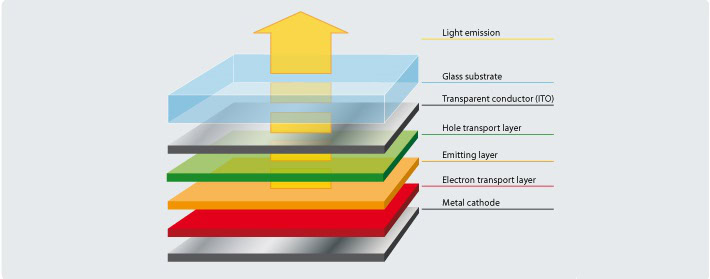
Such a device has already been demonstrated, with a similar electronic and optical performance to that of devices made with indium tin oxide. Similarly, the mechanical properties and strength of graphene makes it suitable for more general display protecting purposes.
The material’s conductivity is also important for use in touch displays. Back into 2011 researches at Rice Univierty demonstrated a single-layer sheet of graphene combined with a grid of metallic nanowires on a flexible substrate to create an unbreakable, highly conductive, see-through display which could be used with smartphones.
So the biggest impact is likely to come from graphene’s increased strength, providing that it can be manufactured at a enough low cost. Anyone who’s had to suffer through watching the display on their smartphone shatter after hitting the ground will know how important such technologies could be.
Corning’s Willow Glass is likely to be the closest ITO based flexible display layer. It would be interesting to see how the strength and cost of these two technologies compare.
Graphene: the next big thing
I should point out that this technology is still in development, but there’s a lot of interest in pushing it to market. Picosun Oy, a leading atomic layer deposition manufacturer, has recently teamed up with several prominent European nanotechnology companies and research institutes to develop graphene-based solutions for display manufacturing. There’s huge interest in graphene all over the world, there are already almost ten thousand patent applications already linked to graphene research. Nokia, and other companies, invested $1.36 billion into graphene research last year, and the UK and EU governments are also allocating £50 million to further research at the University of Manchester.
Like all technological innovations, there’s still more research and testing to be done before we can even begin talking about products. There’s also costs of production to consider, graphene has not yet benefited from economies of scale that result from widespread mass production. It’s going to be a little while longer until we see any consumer products using this material, but it’s one that’s well worth keeping an eye on.